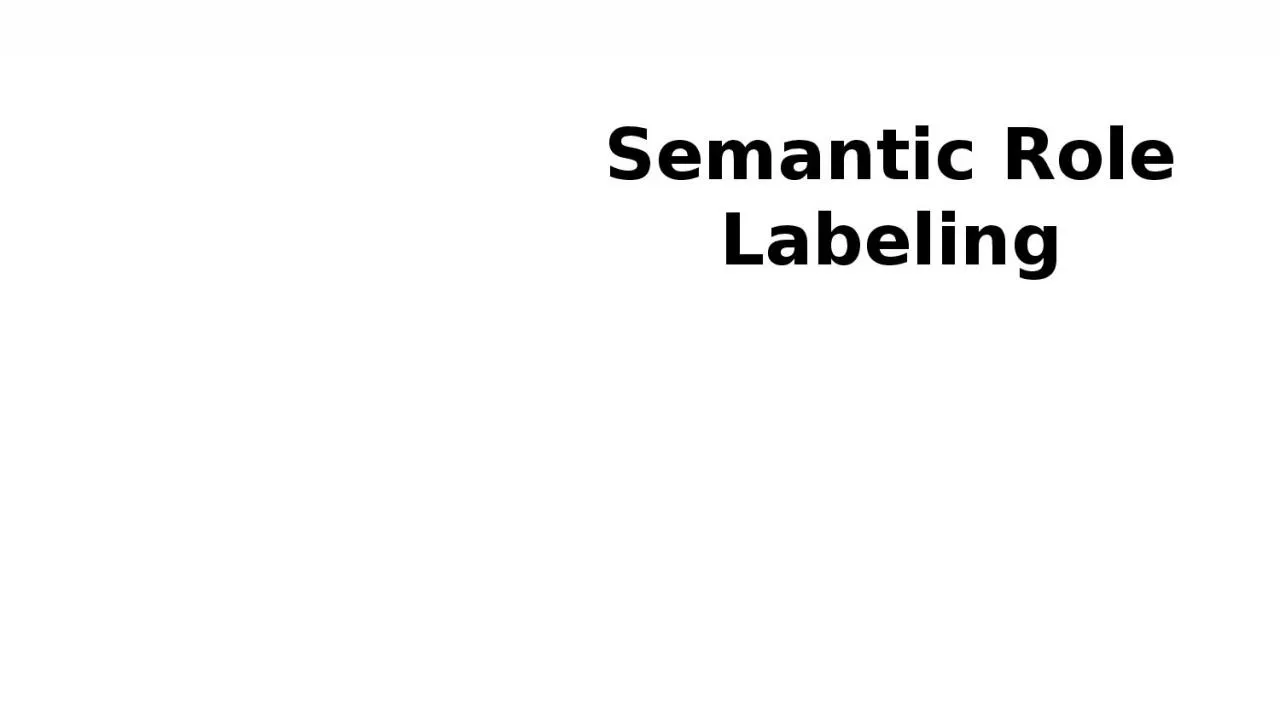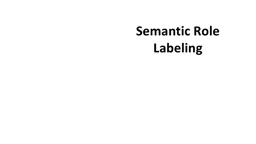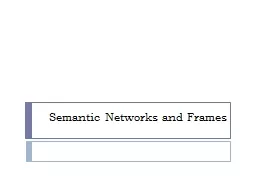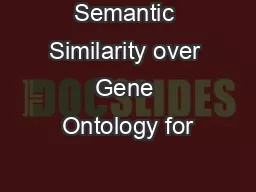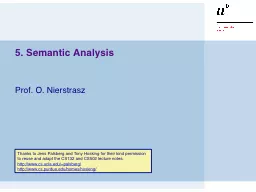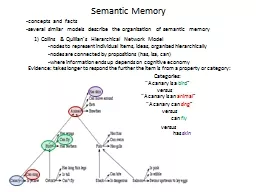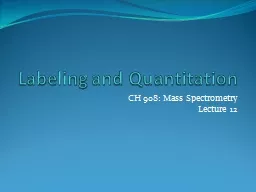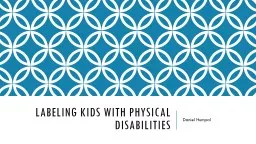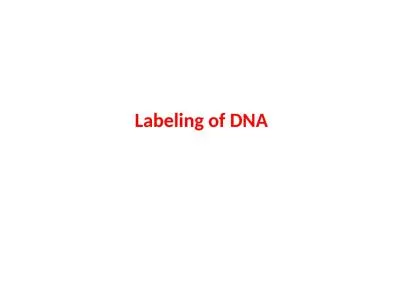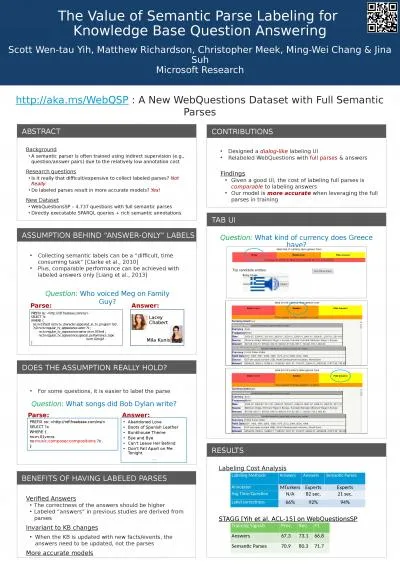PPT-Semantic Role Labeling Semantic Role Labeling
Author : PeachyCream | Published Date : 2022-08-01
Introduction Semantic Role Labeling Agent Theme Predicate Location Can we figure out that these have the same meaning XYZ corporation bought the stock They sold
Presentation Embed Code
Download Presentation
Download Presentation The PPT/PDF document "Semantic Role Labeling Semantic Role Lab..." is the property of its rightful owner. Permission is granted to download and print the materials on this website for personal, non-commercial use only, and to display it on your personal computer provided you do not modify the materials and that you retain all copyright notices contained in the materials. By downloading content from our website, you accept the terms of this agreement.
Semantic Role Labeling Semantic Role Labeling: Transcript
Download Rules Of Document
"Semantic Role Labeling Semantic Role Labeling"The content belongs to its owner. You may download and print it for personal use, without modification, and keep all copyright notices. By downloading, you agree to these terms.
Related Documents

